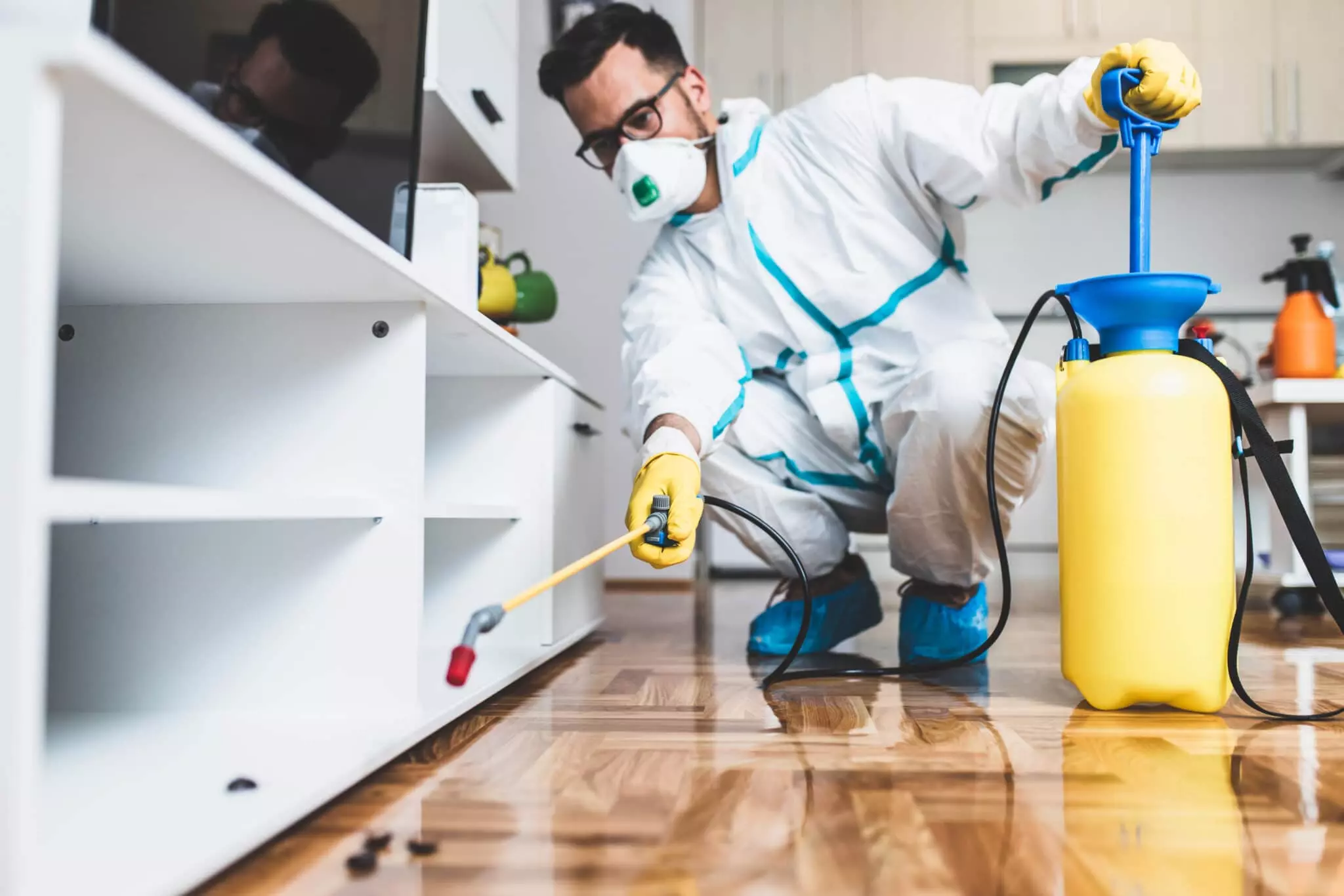Bed Insect Therapy Break Down: Comparing Chemical Vs. Non-Chemical Solutions
In the world of bug control, particularly when managing the persistent concern of bed bugs, the choice between chemical and non-chemical treatment remedies can be a critical one. Both approaches offer unique advantages and disadvantages, influencing factors such as effectiveness, safety considerations, and total expense. By examining the nuanced details of each technique, a clearer understanding of which path to pursue in resolving a bed insect problem can be acquired.
Performance of Chemical Treatments
Chemical treatments for bed insect infestations have actually been extensively identified for their powerful and rapid effectiveness in eradicating these insects. When considering the effectiveness of chemical therapies, it is crucial to understand that they can supply a thorough and fast remedy to a bed bug trouble.
In addition, chemical therapies have the advantage of providing residual impacts, indicating that they can continue to get rid of bed pests also after the first application. This recurring activity is specifically useful in combating any type of potential re-infestations. Additionally, the rapid action of chemical treatments can bring relief to people encountering extreme bed insect infestations, enabling them to reclaim control of their home quickly.
Security Interest In Chemical Solutions
One crucial aspect that calls for mindful factor to consider when making use of chemical options for bed insect treatment is ensuring the security of residents and the setting. Exposure to specific chemicals used in bed insect treatments can lead to respiratory system concerns, skin inflammation, or other damaging reactions, specifically in people with pre-existing conditions or level of sensitivities.
Furthermore, the ecological influence of chemical solutions is one more significant factor to consider. Some chemicals utilized in bed insect therapies may be damaging to helpful bugs, wild animals, and environments if they seep into the dirt or water systems. It is necessary to make use of chemical therapies deliberately, complying with safety standards, and taking into consideration less toxic options to alleviate these risks and guarantee the effective and safe management of bed bug invasions.
Benefits of Non-Chemical Techniques
Taking into consideration the potential safety problems and ecological impact related to chemical services for bed bug treatment, exploring non-chemical techniques presents a promising choice with a number of distinct benefits. Non-chemical techniques provide a more secure choice for houses, especially those with pet dogs, children, or people conscious rough chemicals. These approaches get rid of the risks of exposure to harmful materials, reducing the potential for damaging health results. In addition, non-chemical treatments are eco-friendly, as they do not add to air or water air pollution, making them a sustainable choice for pest control.
Additionally, non-chemical remedies can be reliable in targeting bed bugs, including hard-to-reach areas where chemical treatments might not permeate. Approaches such as heat treatment, vacuuming, steam cleansing, and cushion coverings offer detailed elimination without making use of unsafe chemicals. Additionally, non-chemical approaches can be much less turbulent, calling for very little preparation and enabling quicker reentry right into treated locations. Overall, going with non-chemical bed pest treatment techniques not just prioritizes safety and security and environmental management however also ensures effective and extensive insect control.
Limitations of Non-Chemical Treatments

Furthermore, non-chemical therapies commonly call for multiple applications to accomplish effective eradication. This can be time-consuming and might not always assure full elimination of all bed pests and their eggs, especially in hidden or hard-to-reach areas.
Additionally, the success of non-chemical therapies greatly relies on correct implementation he said and thoroughness, which can be testing for people without specialist experience. Insufficient application of non-chemical approaches may cause incomplete elimination, leading to persistent infestations and the demand for added treatments.
As a result, while non-chemical therapies have their benefits, it is necessary to recognize these constraints and consider them when determining the most effective approach for handling bed insect infestations.
Cost Comparison: Chemical Vs. Non-Chemical Options
Offered the limitations connected with non-chemical therapies, a crucial facet to evaluate in the context of bed insect monitoring is the expense contrast in between chemical and non-chemical choices. In comparison, non-chemical treatments like heat treatment or steam can be a lot more expensive, with prices ranging from $1,000 to $6,000 for an entire home. While the preliminary expense of chemical therapies may seem lower, several therapies might be required to fully remove the problem, potentially raising the general price.
Conclusion

Taking into consideration the possible safety and security problems and ecological influence linked with chemical services for bed pest treatment, exploring non-chemical strategies presents an appealing option with several distinct advantages.Given the restrictions connected with non-chemical therapies, an important element to review in the context of bed insect administration is the expense contrast between chemical and non-chemical choices. In contrast, non-chemical therapies like warm treatment or read this vapor can be much more expensive, with expenses varying from $1,000 to $6,000 for an entire home. While the preliminary price of chemical therapies might seem lower, numerous treatments may be called for to fully remove the invasion, possibly increasing the general price.In verdict, when contrasting chemical pest control person and non-chemical bed pest treatment choices, it is crucial to consider efficiency, safety and security, advantages, limitations, and expense.